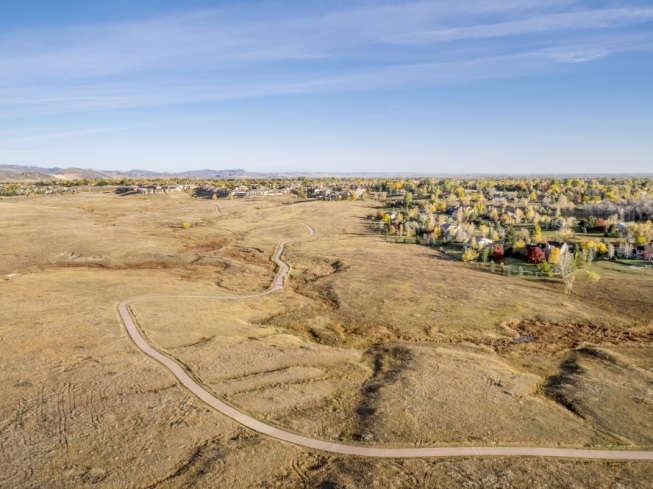Table of Contents

The regulation of building and structure design, construction, compliance, and occupancy has existed since the early 1900s, intended to protect the public health, safety, and general welfare. From the early 20th Century until 1994, three separate non-profit organizations (Building Officials and Code Administrators International, Inc. (BOCA); International Conference of Building Officials (ICBO); and Southern Building Code Congress International, Inc. (SBCCI)) developed model codes used by the building community.
Formal adoption by the local governing body is required to enact or modify a building code. Revised versions of the International Codes are released by the ICC on a three-year cycle, allowing states and jurisdictions the opportunity to adopt the most up-to-date standards. It is common for state and local jurisdictions to adopt revised codes every other cycle so they can maintain a uniform set of standards for longer than a three-year period. This also provides a level of predictability to those using and administering the codes.
To administer the code, most local governments employ a code official (building official) and/or a department overseen by the building official who conducts inspections to ensure structures are constructed in compliance with the local building code. Sometimes small or rural jurisdictions contract with the county or a private firm to provide building inspection services. In many communities there is a person on the building department staff who is familiar with local hazards and how they are mitigated through local code provisions and other ordinances (for example, a certified floodplain manager).
Boulder County has a long history of using building code regulations to address wildfire hazards in their wildland-urban interface. Building code regulations in Boulder County were first adopted in the late 1980s when two local fires (including the Black Tiger fire that destroyed 46 structures) prompted increased awareness of wildfires and home loss, and have continued to evolve since then. The original regulations focused on roof requirements but have expanded through a series of local amendments to include defensible space (vegetation management) and ignition-resistant materials and construction. Currently, any development that goes through the planning process is required to have a wildfire mitigation plan. Prior to the building permit being issued, the plan needs to be reviewed and approved. While this regulatory approach covers new construction (including new homes, additions, and remodels), Boulder County complements this regulatory process with its Wildfire Partners program—a voluntary approach that enables existing homeowners to request an on-site property assessment and receive mitigation guidance about their home and landscape. Together, the regulatory and voluntary/educational approaches are reaching out to help both new and current residents mitigate their property against wildfire risk (Planning Building & Zoning, 2016).
Benefits of implementing a building code include:
- Protecting the public health and safety and the safety, protection, and sanitation of new and existing buildings and structures.
- Protecting financial investments and property values. If construction does not comply with current recommended codes the structure may be at greater risk for damage and loss.
- Property insurers may not cover work performed without proper permits and inspections.
- Ensuring that buildings and structures have the physical integrity to endure hazard conditions.
The biggest challenge for a community considering adoption of a building code for the first time (or adding additional requirements to address hazards like wildfire) is gaining public support—especially for communities with a lower risk to hazards or a short history of hazard events. Another challenge includes proper administration and enforcement of the building code, which requires someone with training, preferably ICC certification.

